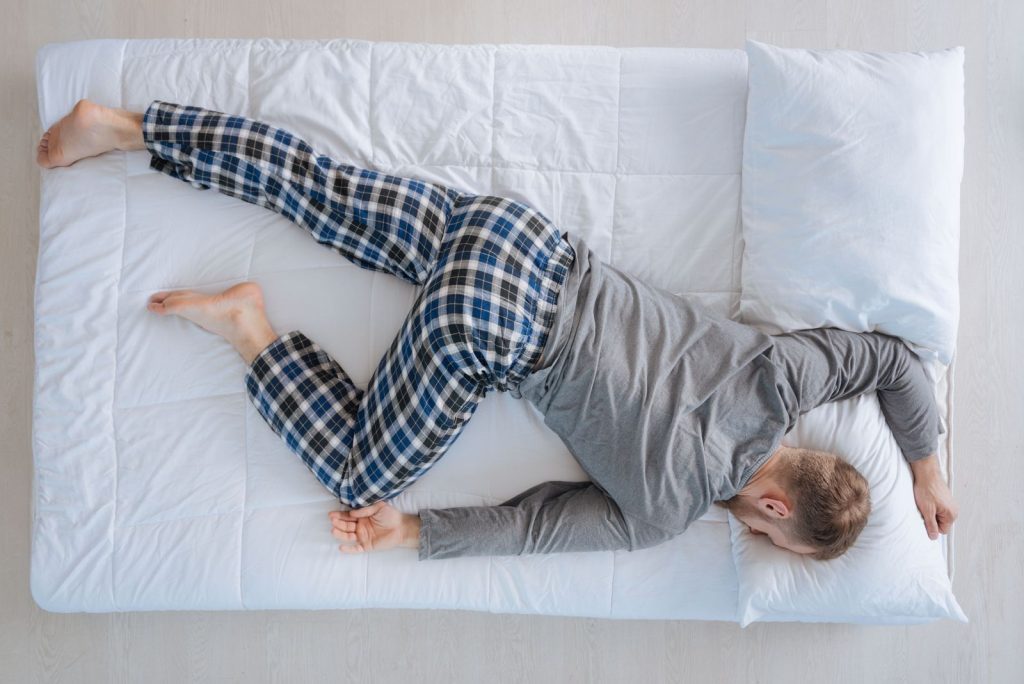Cashier Ergonomics: Keeping your Cashiers Injury Free

Did you know that there are almost 3.7 million cashier jobs across the United States, according to the U.S. Bureau of Labor Statistics? Though cashier jobs are expected to decline by almost 7 percent within the next ten years as self-checkout stations and online shopping continue to expand, there will most likely continue to be an enormous amount of human cashiers processing payments from customers who purchase goods and services from grocery stores, department stores, and other brick-and-mortar businesses.
Cashiers do not only receive and disburse money in retail establishments, but they also process debit and credit cards and other forms of accepted electronic payment. Cashiers are an important part of the customer service strategy of large retail stores, helping these stores to leave a positive and lasting impact on their customers.
Cashiers, however, generally face a stressful work environment. Dealing with impatient and rude customers on a daily basis is certainly not an easy part of the job. Beyond the obvious challenges to mental health, cashiers also spend long periods of their time on their feet. This inevitable part of the job often leads to cashier health problems, including numerous musculoskeletal health issues.
Below, we look at some of the main elements related to cashier safety and other cashier health problems. Lastly, we offer a few recommendations for how retail store managers and owners can help alleviate the musculoskeletal problems that come with a cashier standing all day.
The Ergonomic Problems That Cashiers Face
The ergonomic problems that many cashiers face stem from the repetitive nature of the work. This can include scanning items or bagging the purchases of the customers they assist. The repetitive movements can lead to the development of several upper body musculoskeletal conditions including carpal tunnel syndrome, rotator cuff injuries or tendonitis.
According to one recent scholarly study:
“Cashiers have been appointed as one of top ten occupations in developing musculoskeletal disorders (MSDs) particularly on the upper limb. Many of the workers are still at high risk of injury due to incorrect workstations and lack of employee education in basic biomechanical principles. Normally, cashiers are exposed to several risk factors such as awkward and static postures, repetition motion and forceful exertions. Thus, cashiers in supermarkets are considered at risk from developing upper limb disorders (ULDs).”
Also, standing for long periods of time on hard floor surfaces further contributes to the health hazards that cashiers face. Improper standing positions can lead to strained muscle activity in the neck, shoulders, and lower spine. Furthermore, shoulder abduction can also occur due to postural stress, fatigue and discomfort in cashiers who stand for long periods of their work day.
Strategies to Reduce Ergonomic Stress on Cashiers
Retail businesses that employ cashiers need to develop policies and protocols that protect the health and wellbeing of their cashiers. The best practices for reducing ergonomic stress on cashiers include:
- Provide anti-fatigue mats to cashiers. These mats greatly reduce the fatigue caused by standing for long periods on a hard surface such as a cement or tile floor. Fatigue-reducing mats can be manufactured from rubber, carpeting materials, vinyl, and wood, and help to decrease foot and lower limb disorders for workers who stand in one position for long periods.
- Provide high chairs to allow alternating between sitting and standing. Another way to reduce the stress from standing throughout the day is to provide cashiers with seating that is situated at an optimum height where they can continue to effectively engage in their job tasks.
- Proper Training. For both sitting and standing positions, cashiers should be trained in how to ergonomically organize their cashier station. This includes locating commonly used items such as the cash drawer, printer, and keyboard within easy reach at the height of the cashier’s waist. Ideally, the cash register display needs to be slightly below eye level. Also, incorporating a front-facing checkstand is the best way to limit awkward twisting motions or long reaching that place further ergonomic stress on the cashier.
All retail businesses employing cashiers should make it a priority to develop policies and protocols that help cashiers limit the ergonomic stresses their job entails. One of the best ways to do this is to hire a third-party independent contractor who can help your company develop the best practices in cashier ergonomics.
Keep The Cash Wrap Ergonomic With Work-Fit
Work-Fit is a leading company that offers onsite and virtual injury prevention, management, and employee wellness for your workforce. We are the nationwide leader in applying sports medicine techniques in the workplace to prevent injuries and protect your company’s bottom line.
Our team of experienced professionals can help your company design and implement effective strategies for optimizing the ergonomic design of cashier workstations. We can also help you develop training materials so that your cashiers can better protect their long-term health.
Our ergonomics program is a great resource to help your business generate savings on workers’ compensation by identifying the root cause of recurrent musculoskeletal disorders that keeps valuable workers away from the job.
If you are interested in improving the ergonomics of your cashier employees, contact us today to learn about how we can help your team!



